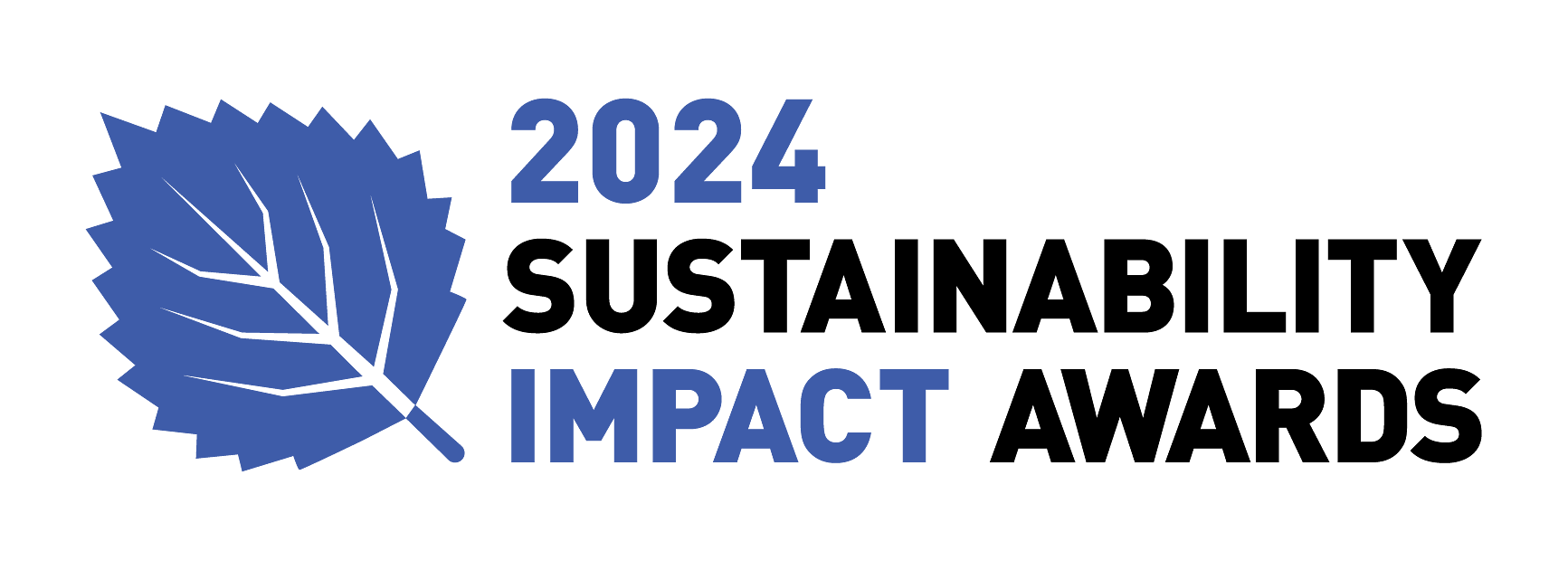EVERY so often, sustainability in businesses is touted as a “check-the box” exercise, often laced with esoteric acronyms in a massive alphabet soup. Yet, this is necessary to convey alignment to good practices, particularly through frameworks and standards.
But this so-called compliance is not enough – never.
Businesses have to go beyond disclosures to demonstrate the impact of any sustainability initiative. They have to move from an input orientation towards not only looking at outputs, but more importantly assessing outcomes and impact.
Emerging imperative
It is clear that sustainability and climate change, in particular, have transcended from being buzzwords to becoming strategic imperatives for businesses.
Research by PwC and Centre for Governance and Sustainability (CGS) showed that out of 700 assessed top-listed companies across Asia-Pacific, 84 per cent of companies have boards with responsibilities covering sustainability issues, and 79 per cent have sustainability governance structures.
Further, 88 per cent of companies assessed by PwC and CGS have identified risks and opportunities for climate change; 74 per cent have disclosed ways to manage these.
Another study conducted by Tech for Good Institute (TFGI) and CGS showed that 85 per cent of digital economy companies in South-east Asia have intentions to address sustainability issues. But notably, less than half have carried out initiatives to put these intentions into action.
It seems that businesses are often checking boxes about sustainability issues, but not bringing out enough solutions.
Mindset change
For longer-term development, businesses should shift from an initiative-centric mindset to an impact-centric mindset when considering sustainability issues. Such a mindset connotes the actual changes resulting from a business’ initiatives.
We propose three essential aspects to build an impact-centric mindset.
- Target setting
No action should be taken until a clearly defined target is set. Establishing a target helps businesses to determine what sustainability impact they want to achieve in the first place.
Our stream of research at CGS on companies listed on the Singapore Exchange indicated that there are positive and significant relationships between sustainability and financial impact through measures such as market value and brand value. Perhaps this finding can serve as an impetus for businesses to define sustainability-related goals.
To set sustainability targets, useful references may be made using the UN Sustainable Development Goal (SDGs). In fact, the TFGI-CGS study highlights the areas that are ripe for investors’ interests.
These areas can be based on the United Nations Development Programme’s SDG Investor Maps.
These are market intelligence tools that help the private sector identify investment themes in emerging markets and advance the SDGs for sustainable national-development needs.
Another way to decide on sustainability targets is to look at value to society. In essence, this considers the extent in which the intended outcome can deliver such value.
This is one of the core dimensions of impact according to the Impact Compass developed by the Center for Social Innovation (CSI) at Stanford University. The Impact Compass conceptualises impact and provides useful tools to assess relative social-impact potential.
Value to society does not necessarily mean only positive impact; it can also refer to the mitigation or reduction of negative impact. For instance, carbon-capture technologies or solar panels decrease negative impacts on the environment.
- Backward mapping
Once targets have been set, solutions and projects can be rolled out. We recommend that businesses consider the following four dimensions: efficacy, magnitude, scalability and alignment.
Efficacy refers to the effect of a solution in achieving impact. For example, many businesses have set net-zero targets for carbon emissions. They may have carried out solutions such as installing solar panels, improving waste management and developing decarbonised products. The efficacy of these solutions is determined by the environmental impact of decarbonisation.
Magnitude looks at the extent of the problem that a solution can solve. For instance, installing solar panels could help to improve the proportion of clean energy, resulting in an energy switch that contributes to decarbonisation.
Scalability refers to the population affected by a solution. As an example, digital development brings opportunities for technology companies to expand their products and solve user needs massively. Digitalisation is thus a means for businesses to extend social impact to the larger population.
Alignment focuses on how businesses drive outcomes to achieve impact along with their mission. To illustrate, a digital-economy company may start planting trees to save the environment. But it may be better mission-aligned if the company focuses on the impact of digitalisation for impact.
- Diverse collaborating
Sustainability impact cannot be achieved by just singular efforts, but by extensive collaboration that involves partnerships amongst different entities.
Diverse businesses should cooperate to create a multiplier effect for impact creation.
For example, smaller companies such as startups are flexible, purpose-driven enterprises. These are usually founded with sustainability or social impact missions at their core. The inherent focus gives them a natural alignment with sustainability values and helps them integrate these principles into their business model at the outset.
Larger businesses have more substantial financial and operational resources at their disposal. This means they have the capacity to invest in large-scale sustainability projects that bring substantial impact.
Small and large businesses can thus synergise their strengths to amplify the impact.
Impact revolution
Beyond mindset change, we have to consider how we analyse impact.
Businesses normally view impact through the lens of their survival mandate alone – that is, their financial viability. Perhaps this is rightly so. After all, finances are the lifeblood of every business. Such is the so-called notion of “single materiality”, which focuses on the company itself.
But businesses must now evaluate impact from a holistic angle that includes the environment and society. The dual lens will be even more critical, especially over a longer timeframe where these external influences will be crucial for their existence.
Indeed, businesses will have to adopt a “double materiality” approach which encompasses broader impact beyond themselves. The proper role of governance is to galvanise this approach. Governance will have to view issues beyond “outside-in” but also “inside-out” for impact.
Horizon crisis
Even if current sustainability initiatives are less focused on impact than the initiatives themselves, the more serious problem is that businesses are not even mounting these initiatives. We need to get all businesses onboard the impact ship.
Once they have come aboard, we will need directions into the horizon. Rooting on single materiality of businesses, even for financial impact, is necessary but not sufficient. Steered by good governance, the actual impact for businesses and for the world will be in the environment and society.
The real tragedy of the horizon is to lose our compass for double materiality.
Lawrence Loh is the director and Huang Minjun is a research associate at the Centre for Governance and Sustainability (CGS) at NUS Business School, National University of Singapore. CGS serves as the knowledge partner for the Sustainability Impact Awards, jointly presented by The Business Times and UOB. The CGS’ knowledge partner team includes the writers, Sabrina Soon and Verity Thoi.





